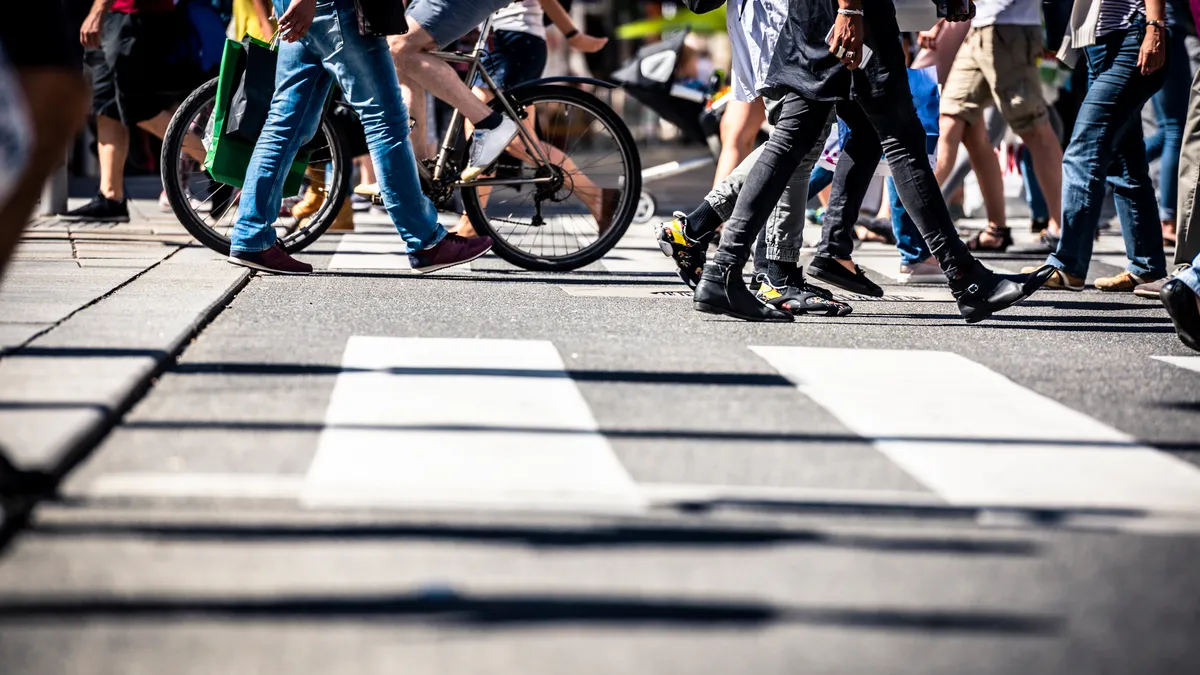Dive Brief:
-
Boston has launched a citywide street safety campaign, dubbed “Safety Surge,” that aims to make walking, biking and driving safer, according to a news release from Mayor Michelle Wu’s office Monday.
-
City leaders hope the initiative will reduce speeding and crashes by installing more speed humps, redesigning intersections and establishing and following new guidelines for city traffic signals that “slow down traffic on residential streets and reduce conflicts between drivers, pedestrians, and bike riders,” the news release says.
-
In a statement, City Council President Ed Flynn said, “Speeding cars are a public health emergency in the City of Boston. It will require traffic calming infrastructure to force cars to slow down in our neighborhoods and protect all neighbors.”
Dive Insight:
Lawmakers are increasingly concerned about roadway deaths and injuries, especially fatalities among pedestrians and cyclists, which increased nationwide by 13% and 1.9%, respectively, from 2020 to 2021, according to a National Highway Traffic Safety Administration report in April.
Massachusetts has been particularly affected, with fatal pedestrian crashes rising 35% between 2021 and 2022, the news release says. Nearly 450 crashes involving pedestrians in Boston last year led to five fatalities, even though serious crashes of all kinds declined.
Under the plan, Boston aims to build ten speed hump zones each year, with about half of the city’s 800 miles of streets eligible for upgrades. The city has selected which areas will get speed humps during the program's first three years based on demographic information and crash history.
The Safety Surge initiative will also redesign 25 to 30 intersections each year to improve sightlines, lower speeds, clear crossings and create defined “spaces for all road users,” the news release says. The city will select intersections to be redesigned based on demographic, geographic and other information.
The Boston Transportation Department’s new guidelines for traffic signals will also help upgrade at least 50 intersections annually. The improvements will give pedestrians more time to cross roadways before drivers can go, further restrict turns on red lights in areas with many pedestrians and automatically provide “Walk” signals at more pedestrian crossings.
The initiative follows last week’s release of new guidance by the Federal Highway Administration to help state and local governments plan bike, pedestrian and micromobility projects.












